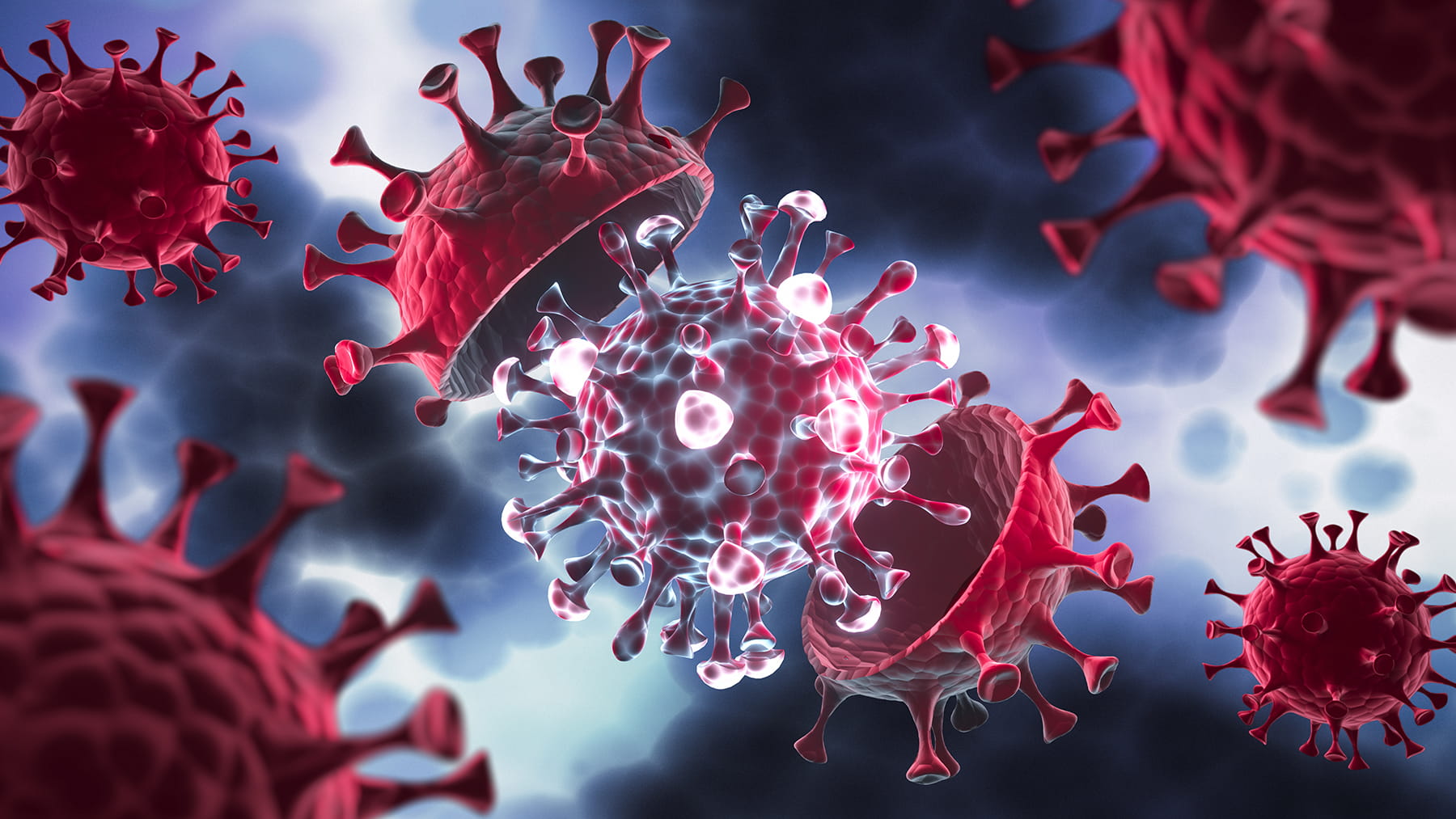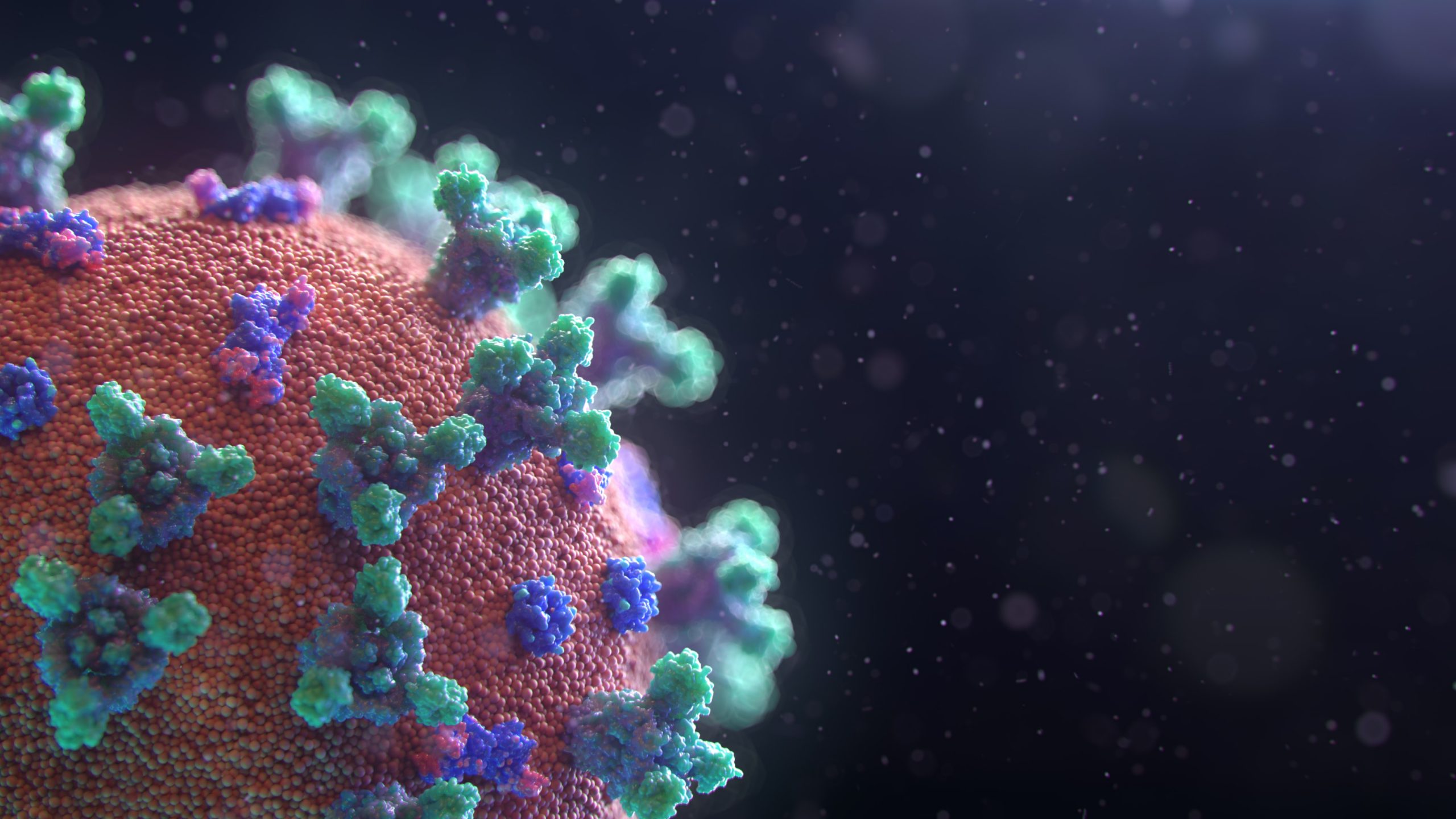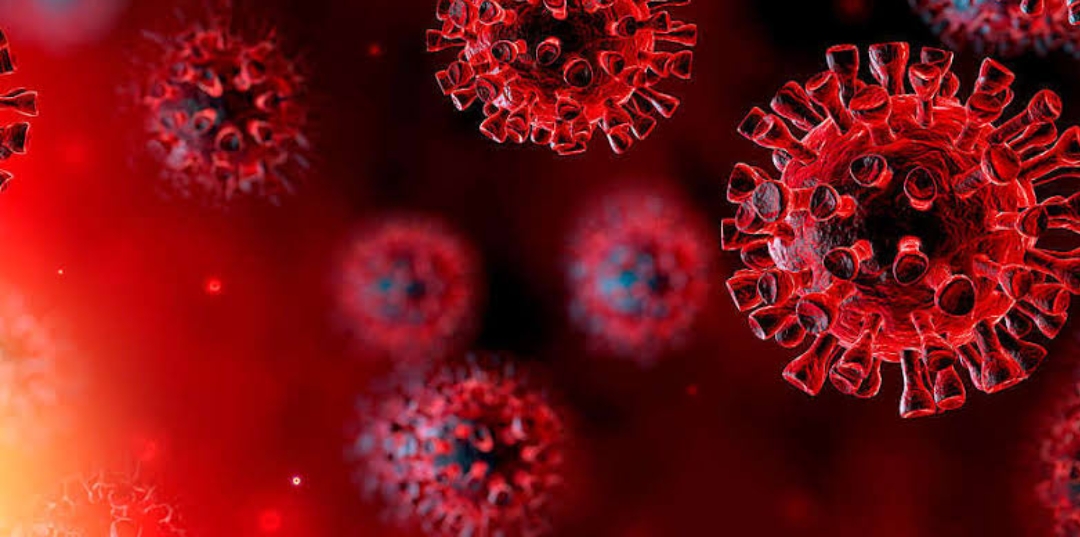
Multilayer masks most effective at preventing aerosol generation, says IISc study
When a person coughs, large droplets (>200 microns) hit the inner surface of a mask at a high speed, penetrate the mask fabric and break up or “atomize” into smaller droplets, which have a greater chance of aerosolization and thereby carrying viruses like SARS-CoV-2 with them, according to a new study led by researchers at the Indian Institute of Science (IISc).
Using a high-speed camera, the team closely tracked individual cough-like droplets impinging on single-, double- and multi-layered masks, and noted the size distribution of the “daughter” droplets generated after penetration through the mask fabric. For single- and double-layered masks, most of these atomized daughter droplets were found to be smaller than 100 microns, with the potential to become aerosols, which can remain suspended in the air for a long time and potentially cause infection. That means single-layered masks could only block 30% of the initial droplet volume from escaping. Multilayer masks most effective, were better (about 91% was blocked), but more than a quarter of the daughter droplets that were generated were in the size range of aerosols.
Face masks can significantly reduce virus transmission by blocking both large droplets and aerosols, but their efficiency varies with the type of material, pore size and number of layers. Multilayer masks most effective even those made of cloth and N95 masks were found to successfully prevent atomization, and therefore offered the best protection. The researchers, however, clarify that when such masks are unavailable, even single-layered masks may offer some protection, and hence must be used wherever mandated by health officials.
The study was carried out in collaboration with scientists Abhishek Saha in UC San Diego and Swetaprovo Chaudhuri in University of Toronto Engineering. The researchers hope to pursue further studies using a full-scale patient simulator that would also allow tracking multiple droplets. “Studies are also going on to propose more robust models to understand how this atomisation is actually taking place,” says Basu. “This is a problem not just for COVID-19, but for similar respiratory diseases in the future as well.”



















